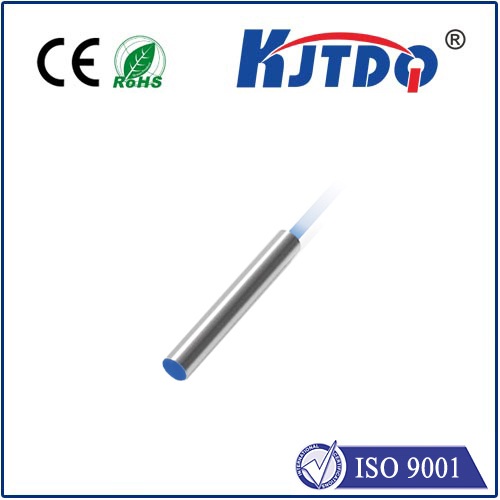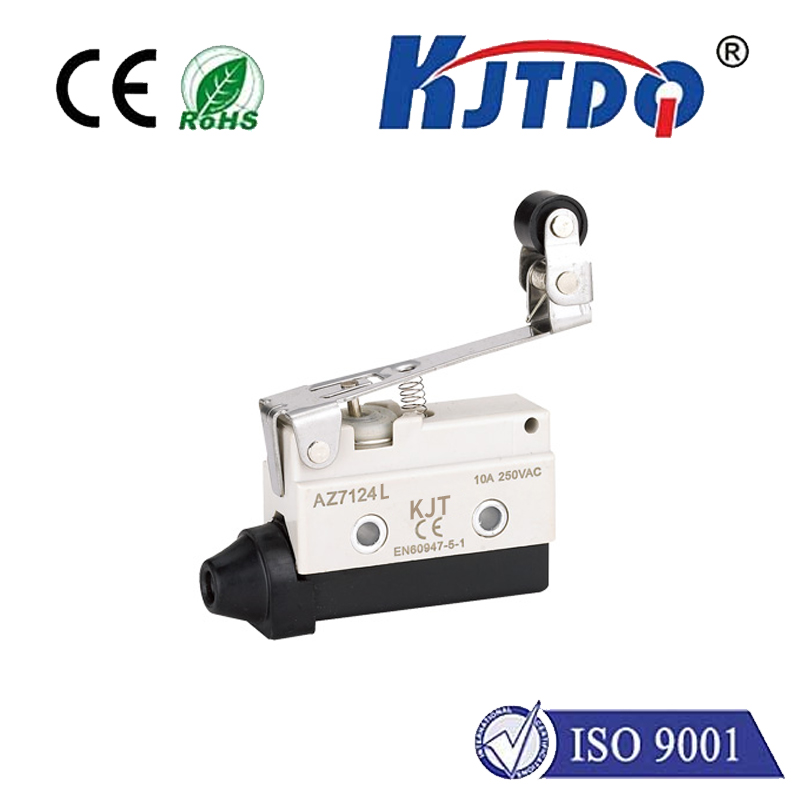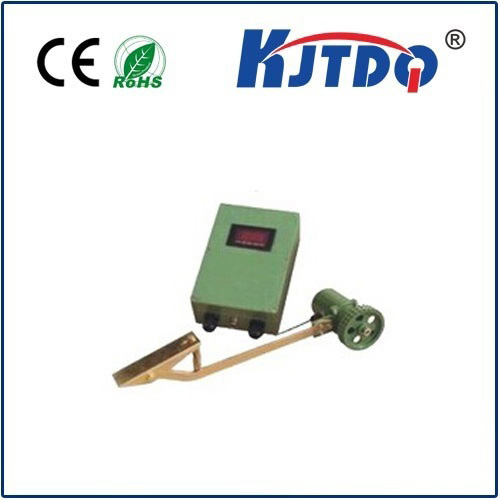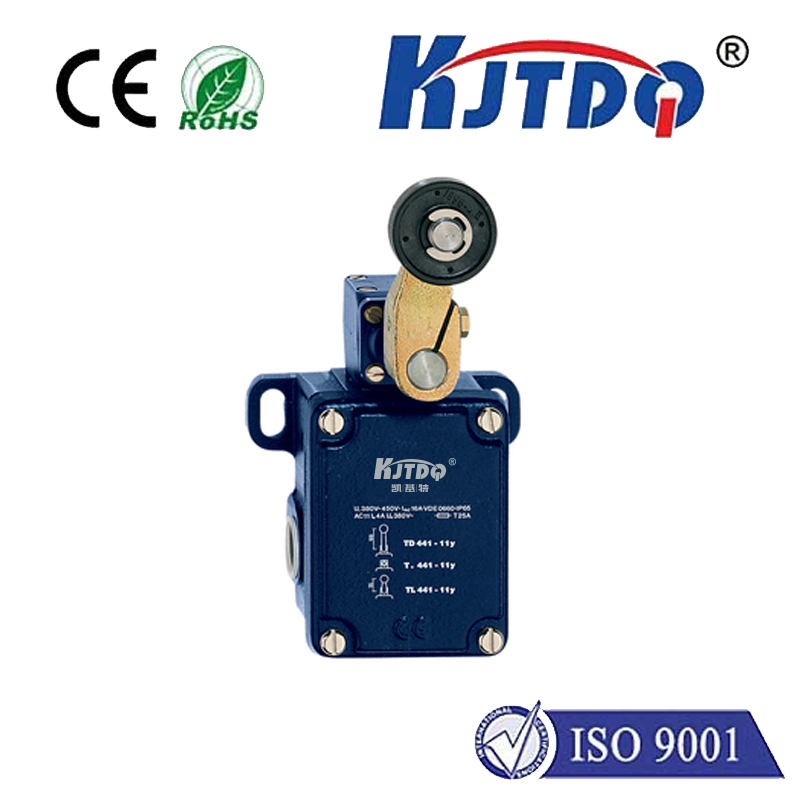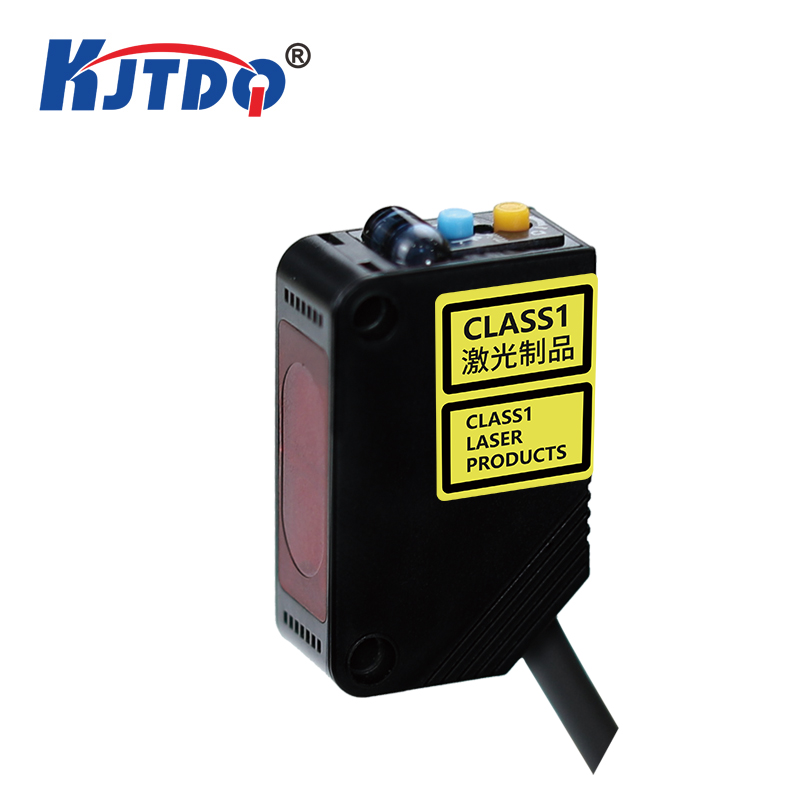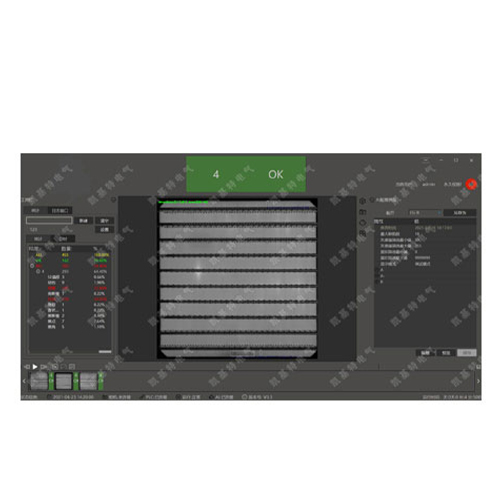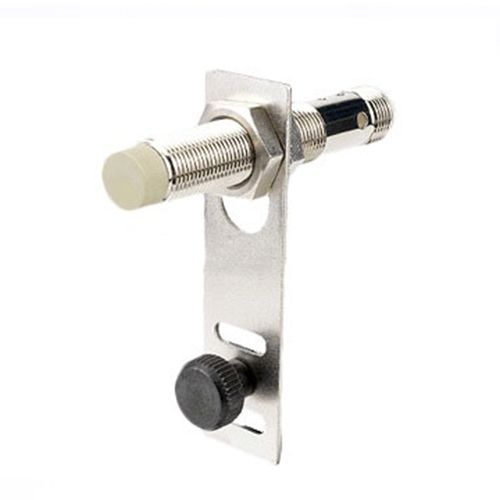sl1 - ek ограничительный переключатель
- time:2025-07-30 16:27:44
- Нажмите:0
SL1 EK Limit Switch: Precision and Reliability in Motion Control Systems
In the intricate world of industrial automation and machinery, where repetitive movements must be executed flawlessly thousands of times a day, the humble limit switch remains a fundamental guardian of precision and safety. Among these critical components, the SL1 EK limit switch stands out as a benchmark for robustness and dependable performance. Understanding its role, features, and applications is key to appreciating how it contributes to seamless operations and enhanced safety protocols. This guide delves into the core functionalities and enduring value of the SL1 EK within demanding industrial environments.
The Essential Role of Limit Switches
At its heart, a limit switch is an electromechanical device designed to detect the presence or absence, passage, positioning, or end-of-travel of an object. It achieves this through physical contact: a moving part (like a machine arm or door) interacts with an actuator (lever, roller, plunger etc.) on the switch. This interaction triggers an electrical contact change within the switch – typically opening or closing a circuit. This simple action signals a control system (like a PLC - Programmable Logic Controller) to start, stop, or alter a sequence. Think of it as a highly reliable sentry, confirming a critical position has been reached before the next action proceeds. Precision position sensing is their core mandate, preventing over-travel, enabling accurate homing, and defining operational boundaries.
Introducing the SL1 EK: Designed for Demanding Environments

The SL1 EK represents a specific design philosophy focused on durability and consistent performance under stress. These switches are built to withstand the harsh realities of industrial settings:
- Rugged Construction: Often housed in robust metal casings (like zinc die-cast), the SL1 EK is engineered to resist physical impacts, vibration, and mechanical shock that are commonplace on factory floors or heavy machinery.
- Environmental Resilience: Sealing is paramount. Many SL1 EK variants boast high Ingress Protection (IP) ratings (e.g., IP65, IP67), meaning they are effectively shielded against dust ingress and water jets or temporary immersion. This is crucial for reliable operation in dirty, wet, or washdown environments.
- Electrical Longevity: Equipped with high-quality snap-action contacts (often silver alloy), the SL1 EK is designed for millions of operating cycles. This ensures long service life even under frequent activation, minimizing unplanned downtime and replacement costs. Reliable electrical switching is non-negotiable.
- Versatile Actuation: The “EK” designation frequently refers to switches featuring a side rotary lever with roller actuator. This design provides excellent leverage and positive actuation, making it ideal for applications requiring relatively long operating travel or where the target object might apply force from the side. The roller minimizes friction and wear on both the actuator and the target.
- Configurable Options: Availability often includes various contact configurations (SPDT - Single Pole Double Throw, DPDT - Double Pole Double Throw are common), different operating forces, and terminal connection types (screw terminals are standard for secure wiring), providing flexibility for diverse control circuit needs.
Where the SL1 EK Limit Switch Excels: Key Applications
The combination of ruggedness, precise actuation, and environmental protection makes the SL1 EK limit switch a go-to solution across numerous sectors:
- Промышленное оборудование: Found on CNC machines, packaging lines, conveyor systems, presses, and material handling equipment. They define safe travel limits for moving parts (like tool heads or clamps), detect workpiece presence, and signal end-of-stroke for cylinders.
- Automated Guided Vehicles (AGVs) & Robotics: Used for homing sequences, detecting docked positions, confirming bin placement, or acting as emergency bump stops. Their reliability is critical for safe autonomous movement.
- Elevators & Hoists: Essential safety components for detecting car position at landings, overspeed conditions (in conjunction with governors), and ensuring doors are securely closed (door interlocking) before movement. Positive position verification is a safety imperative here.
- Process Control Systems: Monitoring valve positions, gate openings/closures, and verifying the state of dampers or chutes in chemical plants, water treatment facilities, and power generation.
- Automotive Manufacturing: Used extensively on assembly lines for positioning jigs, confirming robotic arm positions, and end-of-line testing equipment.
- Agricultural Equipment: Withstands the dusty and often wet conditions found on harvesters, planters, and other heavy farm machinery for position control.
The Tangible Benefits of Choosing a Robust Limit Switch
Integrating a rugged industrial limit switch like the SL1 EK delivers significant advantages:
- Повышение безопасности: Prevents machinery from operating beyond its intended safe limits, protecting personnel and equipment from catastrophic failures or collisions. They are fundamental to machine guarding strategies.
- Improved Reliability & Reduced Downtime: Built for longevity and resilience, they minimize failures caused by environmental factors or mechanical stress, leading to more predictable production schedules and lower maintenance costs. Consistent machine operation relies on such dependable components.
- Precision Control: Provides accurate and repeatable position feedback, ensuring machinery cycles and sequences operate as programmed for high-quality output.
- Cost-Effectiveness: While offering premium durability, limit switches like the SL1 EK remain a relatively cost-efficient sensing solution compared to complex non-contact sensors for many position verification tasks.
- Simplicity & Ease of Use: Their straightforward electromechanical principle makes them easy to understand, install, wire, and troubleshoot for maintenance personnel.
Selecting and Maintaining Your SL1 EK
When specifying an SL1 EK or similar limit switch, consider:
- Environmental Conditions: Match the IP rating to the level of dust and moisture exposure. Choose appropriate materials (e.g., stainless steel for corrosive environments).
- Electrical Requirements: Ensure the contact configuration (NO/NC), current rating (amperage), and voltage compatibility match your control circuit needs.
- Mechanical Requirements: Select the right actuator type (lever style, travel length, operating force) for the target object’s movement profile and required precision.
- Mounting: Consider the physical space constraints and required mounting orientation.
Regular inspection is key to longevity. Check the actuator mechanism for smooth operation and signs of excessive wear. Ensure wiring connections remain secure. Periodically verify the switch is triggering correctly at the intended position. Replacing a worn switch proactively is far more economical than dealing with a machine fault or safety incident. Proactive component maintenance extends system life.
Mastering the fundamentals of precision motion control often starts with reliable components like the SL1 EK. Its enduring presence in factories worldwide is a testament to its core strengths: ruggedness, precision actuation, and environmental resilience. When your application demands a physically contacted, unambiguous signal confirming a critical position has been reached, this proven mechanical workhorse continues to be an exceptionally trustworthy solution for safeguarding operations and ensuring smooth, controlled movement.


